
While there isn’t a definitive answer to what the highest glasses prescription is, some opticians have dispensed lenses with a sphere value as high as -38.00 diopters.
However, this is approaching the limit as a matter of physics because the stronger the lens, the smaller its radius of curvature.
Eventually, the lens would become too small to be practical, resulting in poor optical quality with too many aberrations.
Optometrists typically use the term “high prescription” to describe people with a sphere value greater than -6.00 or +6.00 diopters.
People with strong prescriptions may experience more severe symptoms of nearsightedness or farsightedness, such as:
- Blurred vision
- Headaches
- Eye strain
They may also be more likely to develop other eye conditions, such as:
- Cataracts
- Glaucoma
- Retinal detachment
Fortunately, even people with high prescriptions can find glasses or contact lenses that correct their vision effectively.
Advances in lens technology have made it possible to create thinner, lighter lenses that are more comfortable to wear.
What is a Diopter?
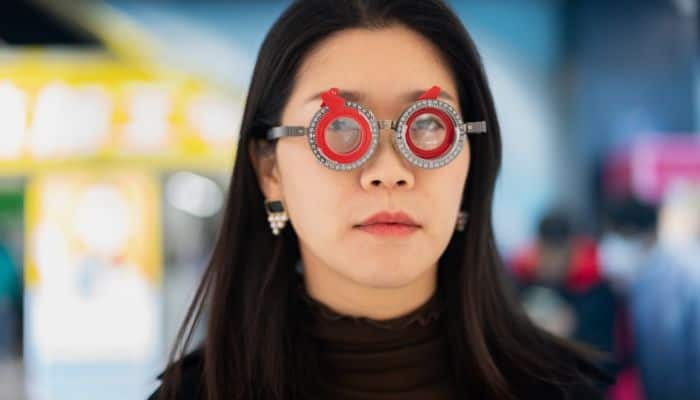
A diopter is a unit used to measure the strength of eyeglass lenses. It indicates how much correction is needed to improve your vision if you have nearsightedness, farsightedness, or astigmatism.
The higher the number of diopters, the stronger the prescription.
Think of a diopter like a measurement of how “bent” the light is as it enters your eye. If your eye is too long or too short, the light won’t bend correctly, and your vision will be blurry.
By adding a lens with the appropriate diopter strength to your eyeglasses, you can correct the way light enters your eye and improve your vision.

Diopters are typically expressed as a decimal value, such as -2.50 or +1.75.
The negative or positive sign indicates whether a lens is used to correct nearsightedness or farsightedness, respectively.
In addition to the sphere value, eyeglass prescriptions may also include cylinder (CYL) and axis (AX) values to correct astigmatism, which is a refractive error that causes blurry vision due to an irregularly shaped cornea.
Range of Nearsightedness and Farsightedness SPH Values
Nearsightedness, or myopia, SPH (sphere) values typically range between -0.25 and -20.00.
The SPH value in a glasses prescription indicates the degree of nearsightedness or farsightedness present in the eye.
A negative value (i.e., -2.50) in the SPH field indicates nearsightedness.
On the other hand, farsightedness, or hyperopia, SPH values typically range between +0.25 and +6.00, with a positive value indicating farsightedness.
Best Glasses For A Strong Prescription
Choosing the Right Glasses or Contact Lenses for High Prescriptions
For individuals with high prescriptions, finding the right eyewear solution is crucial for clear and comfortable vision. Here are some tips to consider when selecting glasses or contact lenses:
Glasses
High-Index Lenses
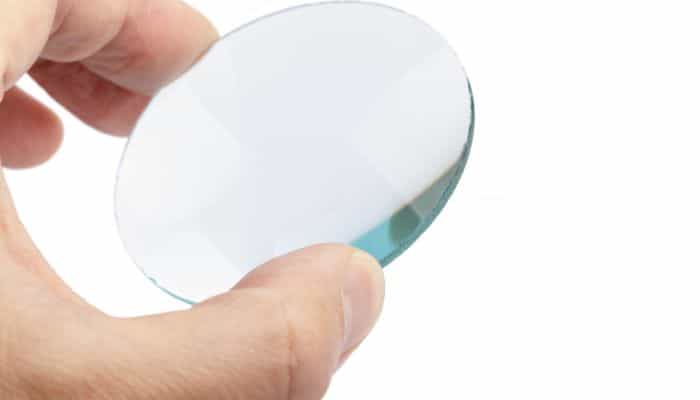
High-index lenses are made of a special material that allows the lenses to be thinner and lighter than standard lenses.
This is particularly beneficial for those with high prescriptions, as thicker lenses can be heavy and uncomfortable. High-index lenses also tend to have better optical clarity.
Polycarbonate vs. High-Index Lenses
Anti-Reflective Coating
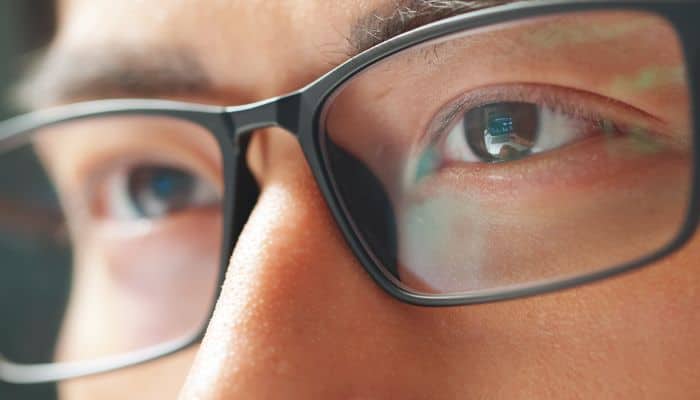
Anti-reflective coating is a thin layer applied to the lenses that reduces glare and reflections.
This coating is especially helpful for people with strong prescriptions, as it improves visual clarity and reduce eye strain caused by reflections and glare.
Additionally, anti-reflective coating enhances the appearance of your glasses by making the lenses appear more transparent.
Aspheric Lenses
Aspheric lenses have a unique shape that is flatter than traditional spherical lenses.
This design helps reduce the distortion and thickness associated with high prescription lenses, making them more visually appealing and comfortable to wear.
Progressive Lenses
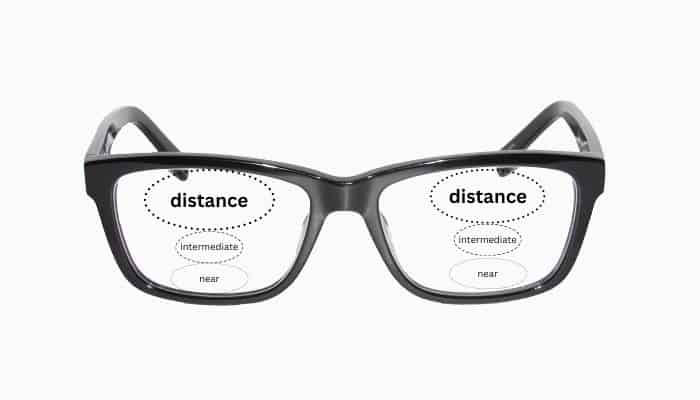
For those who require both distance and near vision correction, progressive lenses can be an excellent option.
These lenses provide a seamless transition between different prescription strengths, eliminating the need for bifocals or trifocals.
Contact Lenses
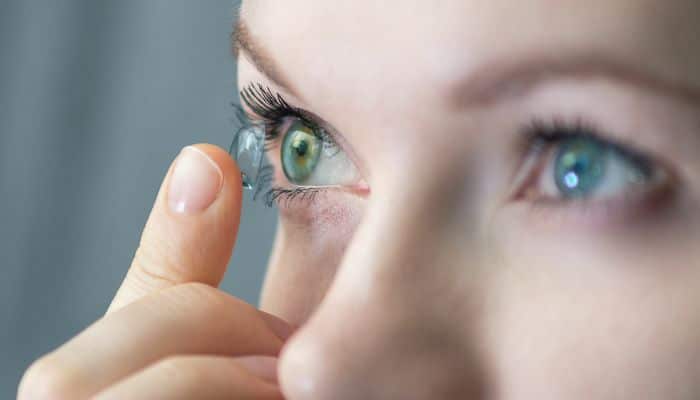
Don’t want to wear glasses all the time? Contact lenses can be a great alternative if you have a high prescription.
You can see perfectly while being barefaced, and it’s particularly useful if you play sports or are otherwise into active pursuits.
Specialized contact lenses, such as toric lenses for astigmatism or multifocal lenses for presbyopia, are also available to address various vision correction needs so you don’t have to wear glasses.